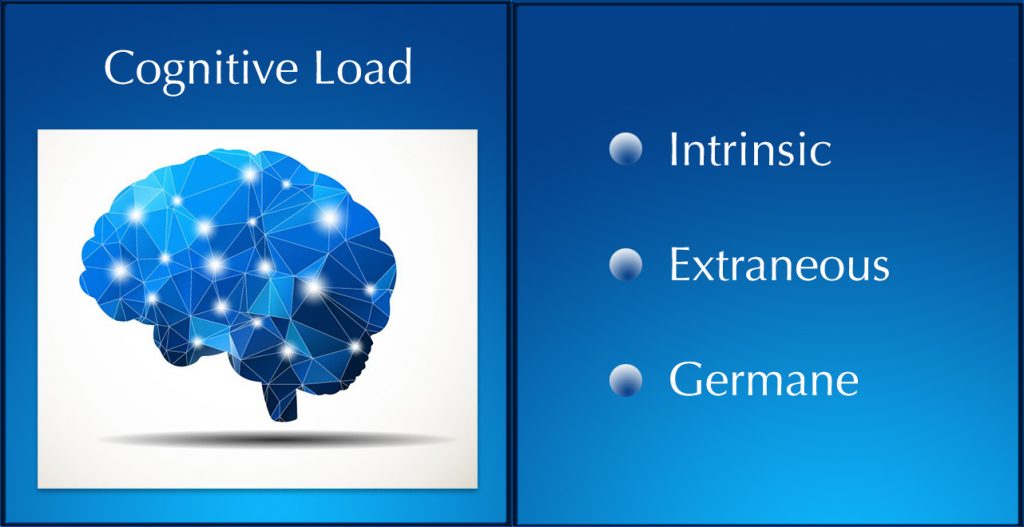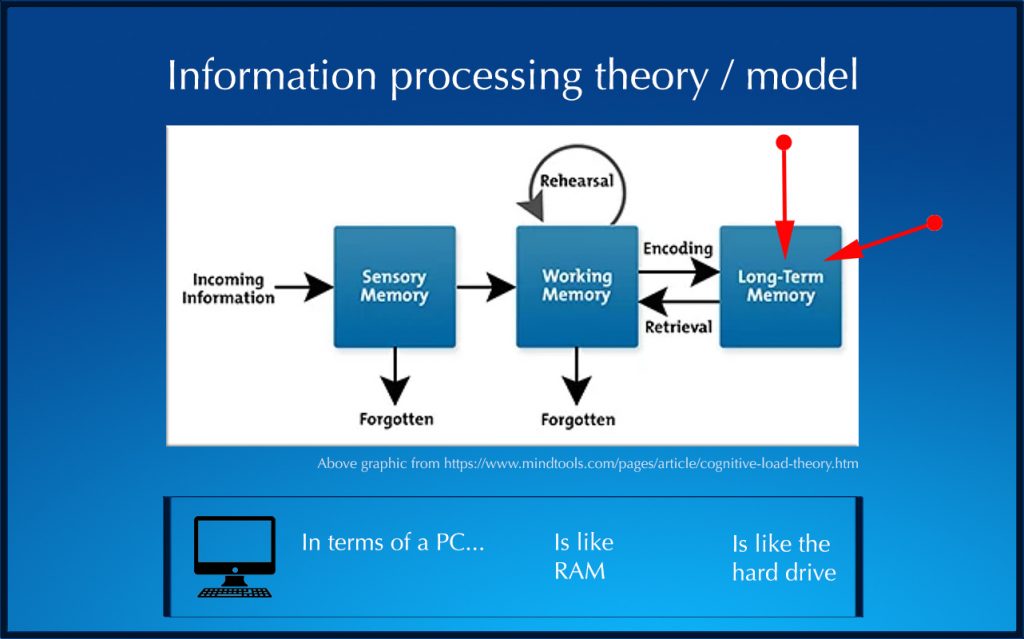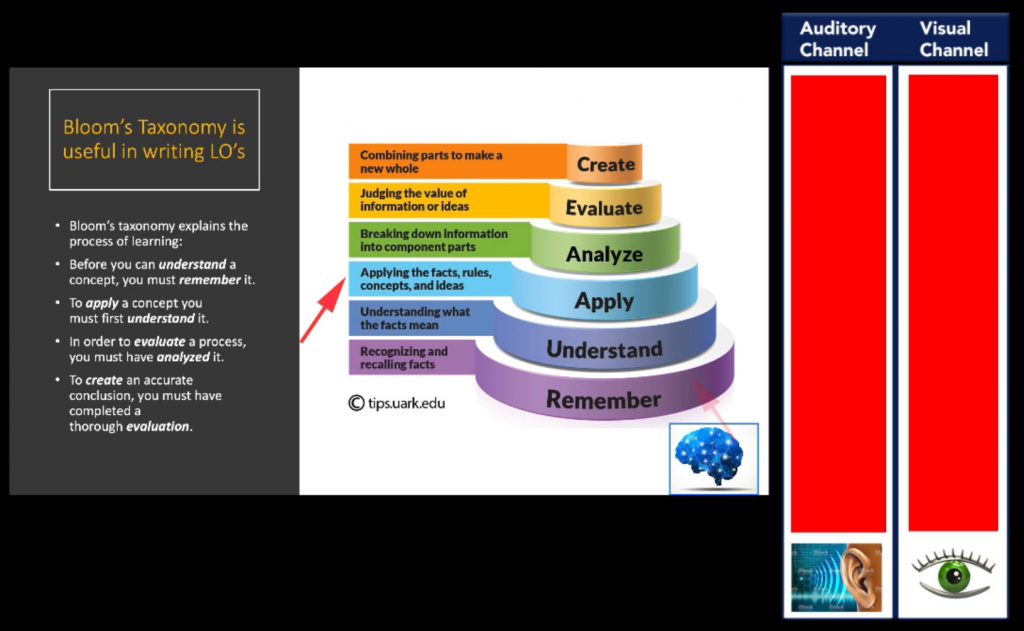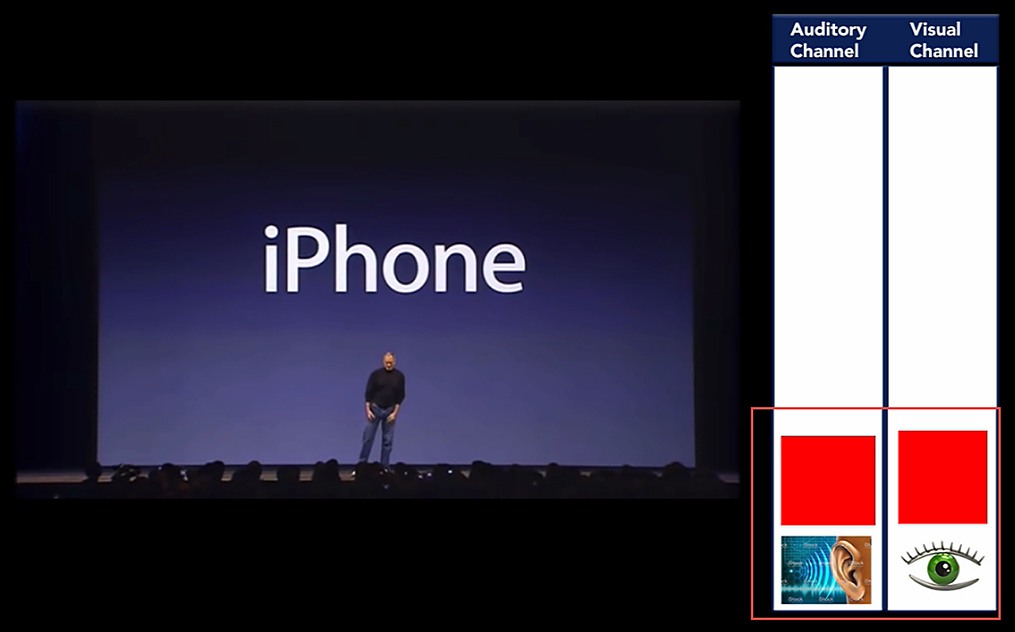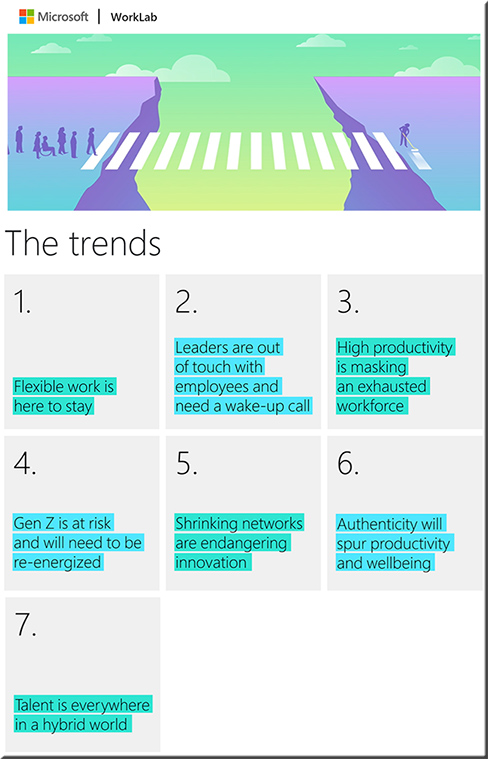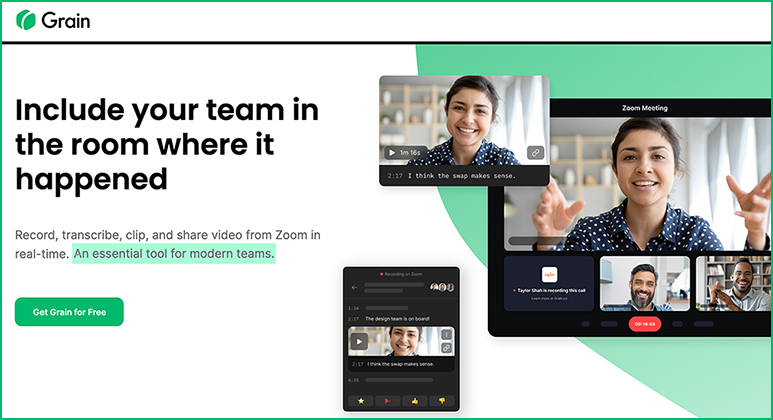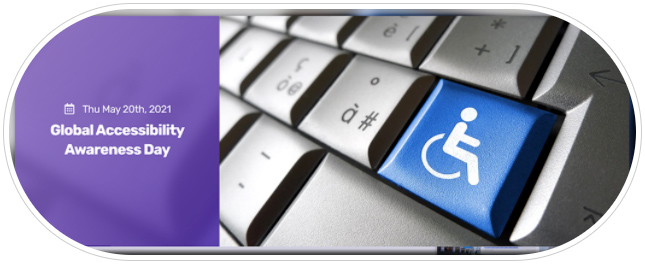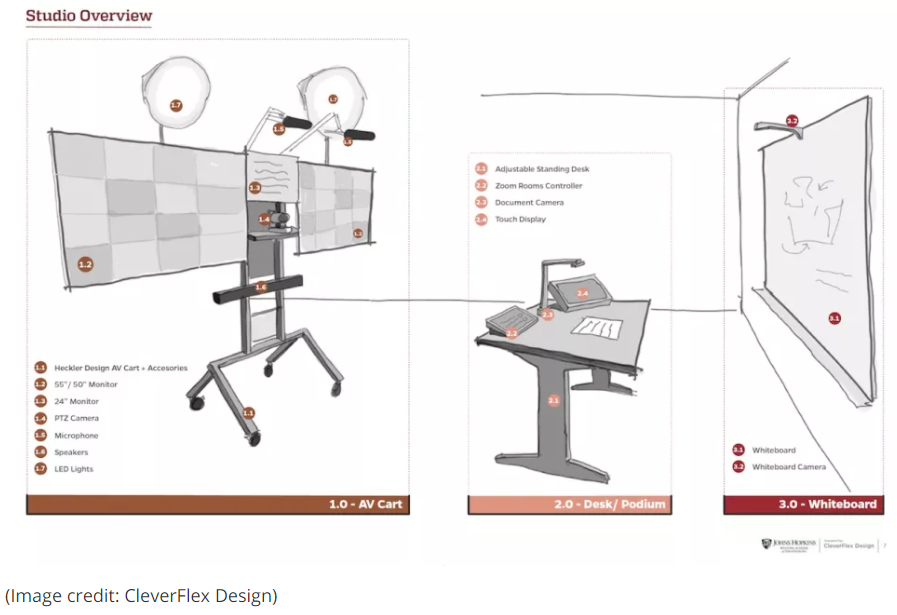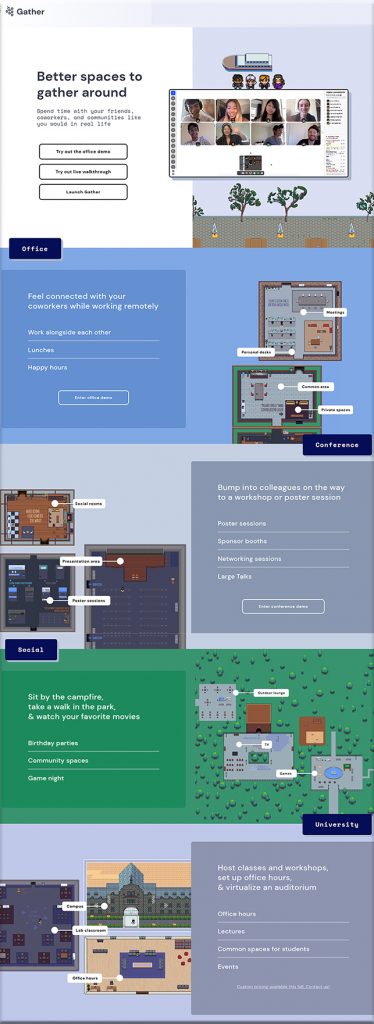No, it doesn’t need to be a Zoom — from wired.com by Chris Stokel-Walker
We’re wasting hours of our lives on inefficient video calls. Here’s how to decide when you should jump on a Zoom – and when not to
Excerpt:
Academic research has pinpointed four reasons why we’re growing sick of video calls. For one thing, we’re engaged in an unnaturally large amount of eye contact, which can prove exhausting, according to Jeremy Bailenson professor at Stanford University and founding director of the Stanford Virtual Human Interaction Lab. We’re also stressed out by being confronted with our own face for hours on end (even if you can’t stop staring at it). Bailenson compares it to be followed around with a mirror all day.
From DSC:
What comes to my mind here is that videoconferencing — and meeting in general — requires mental work — and thus energy. Why? Because, as I mentioned in this posting, we are constantly processing auditory and visual channels.
From DSC:
So having to process auditory and visual information hour after hour takes major energy! And some presentations/presenters require a lot more energy than others.









